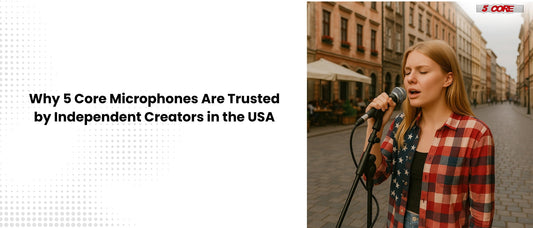Understanding Drum Throne Types: Round vs Saddle vs Hydraulic
A drummer’s throne is more than just a seat—it’s the anchor of performance, posture, and precision. Whether you're rehearsing in a studio or playing live on stage, choosing the right drum throne can significantly impact your comfort and endurance. In this blog, we’ll explore three popular types: Round, Saddle, and Hydraulic drum thrones, and help you understand their differences from an ergonomic and performance perspective.
Why Drum Throne Design Matters

Musicians often underestimate the impact of seating. However, according to the National Library of Medicine, prolonged poor posture from inappropriate seating is linked to increased musculoskeletal disorders among instrumentalists, particularly drummers. The right drum throne supports healthy posture and provides the necessary balance and movement flexibility.
Round Drum Thrones: Classic Simplicity

What Are They?
Round drum thrones are the most traditional type. Typically featuring a circular, padded seat, they offer a basic yet functional design favored by many players, especially beginners.
Pros
-
Freedom of movement: The symmetrical shape allows for easy torso rotation.
-
Lightweight and portable: Ideal for traveling musicians or those with compact kits.
-
Affordable: Generally less expensive than saddle or hydraulic thrones.
Cons
-
Less ergonomic: The flat surface doesn’t contour to the body, which may lead to discomfort over longer sessions.
-
Minimal hip and thigh support: Not ideal for drummers who play for extended periods.
Best For:
Jazz drummers, casual players, or those who prioritize mobility and simplicity.
Saddle Drum Thrones: Ergonomic Comfort

What Are They?
Saddle-style thrones are shaped like a horse-riding saddle, with a wider seat and cut-out or curved design to support the thighs and hips. Their structure is based on ergonomic principles to enhance body support.
Pros
-
Superior comfort: Distributes body weight more evenly, reducing pressure points.
-
Enhanced stability: Keeps drummers more anchored during aggressive or extended playing.
-
Supports posture: Encourages upright spinal alignment, reducing back fatigue.
Cons
-
Bulkier: Takes up more space and may be less portable.
-
Slightly more expensive than round thrones.
According to Wikipedia, ergonomic design improves human well-being and performance, especially during repetitive motion activities like drumming.
Best For:
Rock, funk, and metal drummers, or professionals who play long sets and need added support.
Hydraulic Drum Thrones: Smooth Height Adjustment

What Are They?
Hydraulic thrones use gas-lift mechanisms similar to office chairs, allowing drummers to adjust height effortlessly, often while seated. These models often come in both round and saddle shapes.
Pros
-
Quick and easy height adjustment: Perfect for multi-user kits or on-stage tweaks.
-
Smooth operation: Reduces physical strain when setting up.
-
Advanced comfort: Often paired with high-end cushioning and base support.
Cons
-
Heavier: Hydraulic systems add weight to the throne.
-
Higher cost: Usually positioned in the premium price bracket.
Hydraulic mechanisms work through pressurized fluid, enabling smooth and controlled motion across many mechanical systems, including performance equipment like drum thrones. As explained by HowStuffWorks, hydraulics are commonly used in aircraft, car brakes, and lifting machinery due to their precision and power efficiency.
Best For:
Studio drummers, touring professionals, or anyone seeking maximum flexibility and comfort.
Choosing the Right Type: Factors to Consider

When selecting between round, saddle, and hydraulic thrones, consider the following:
-
Playing Duration: Longer sessions require more ergonomic support.
-
Genre & Intensity: Heavier styles benefit from stable, supportive designs.
-
Budget: Hydraulic and saddle thrones tend to be more expensive but offer long-term ergonomic benefits.
-
Portability: Round thrones are more compact and easier to transport.
Why It Matters to Us at 5 Core

At 5 Core, our drum thrones are built for real-world use—by real drummers. Each model, whether round, saddle, or hydraulic, is engineered with musician feedback, ergonomic principles, and durability in mind. Our commitment is to support every drummer's journey, from practice pad to performance stage.
Conclusion: The Right Seat for Your Sound
Every drummer deserves a throne that matches their playing style and physical needs. Understanding the strengths and limitations of round, saddle, and hydraulic thrones empowers you to make a choice that supports not just your music but also your health and longevity as a performer.
As the future evolves, we can’t predict what it holds for us—but with the right throne beneath you, every beat becomes stronger and more sustainable.
Upgrade your setup with 5 Core Drum Thrones—built for comfort, control, and performance. Find your perfect seat today!





